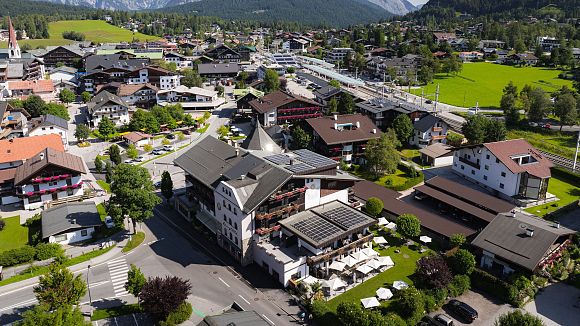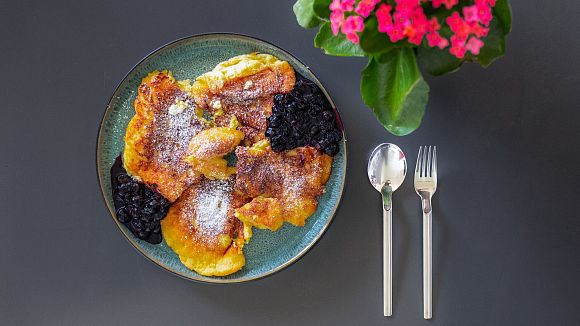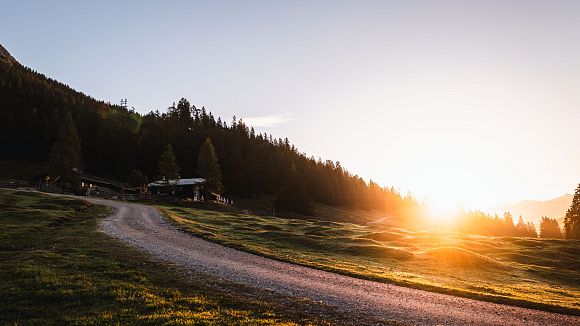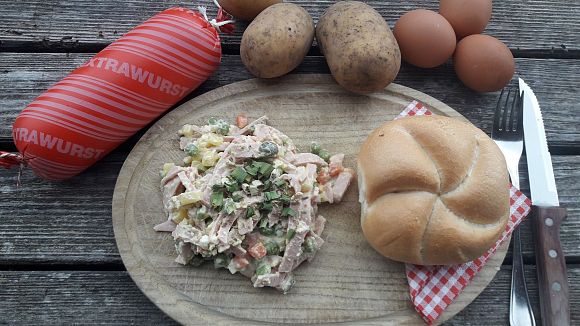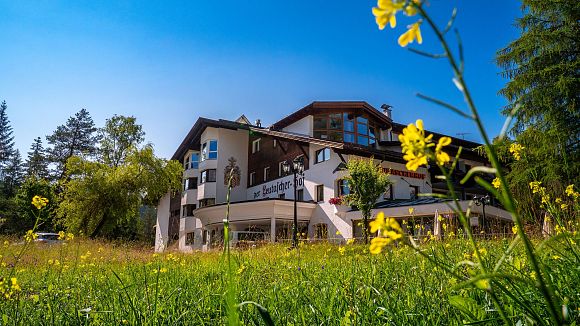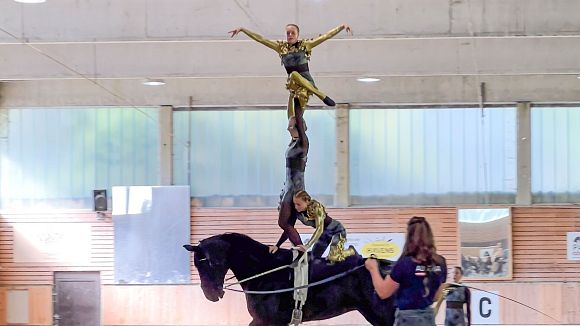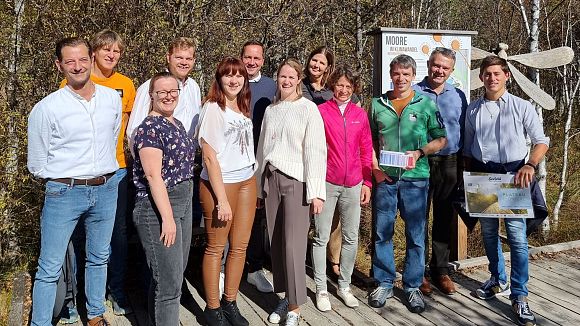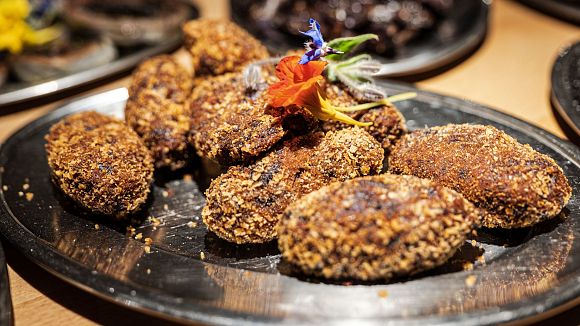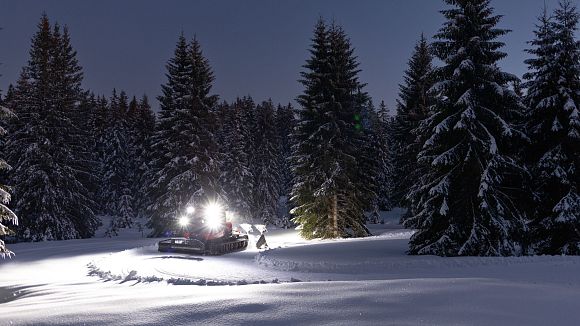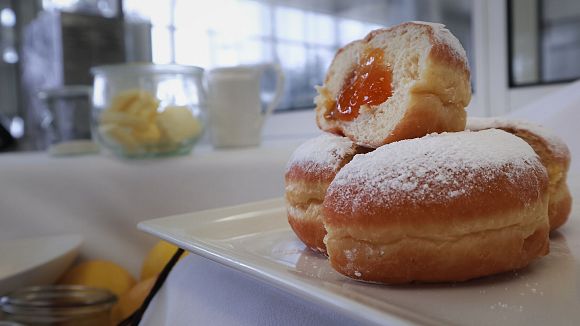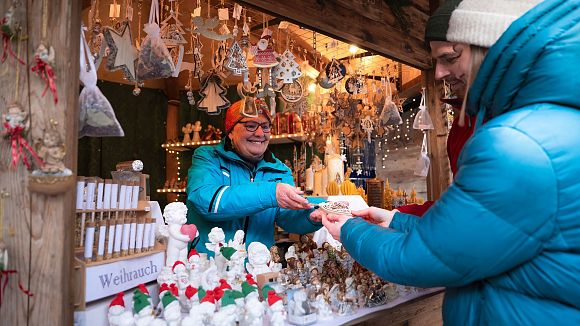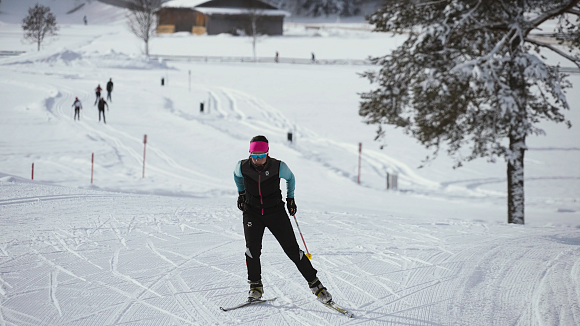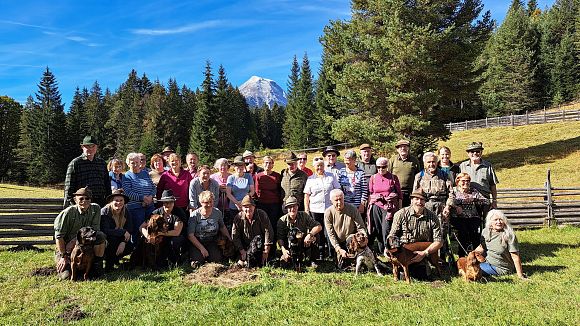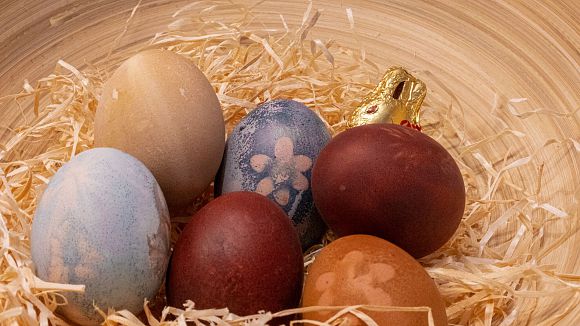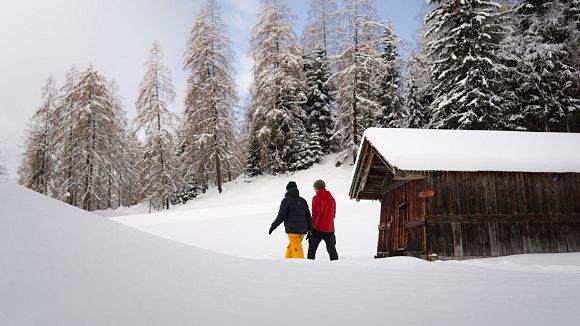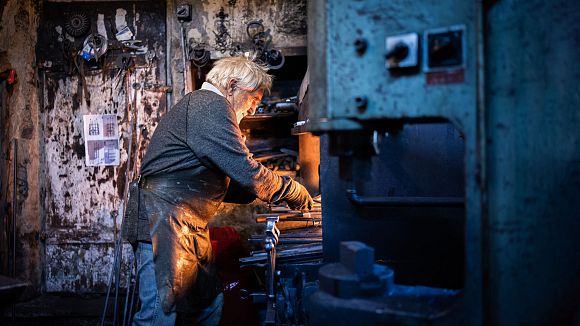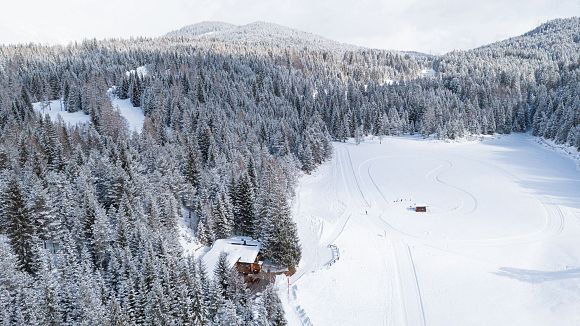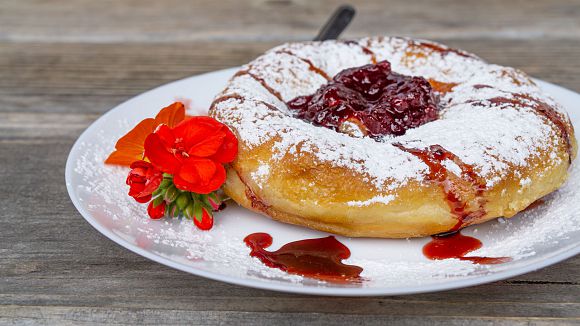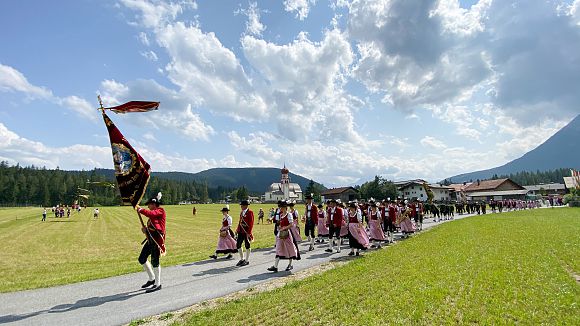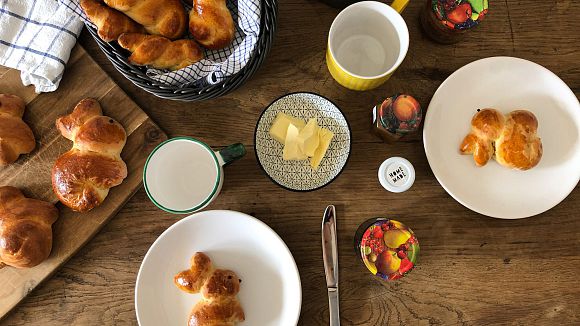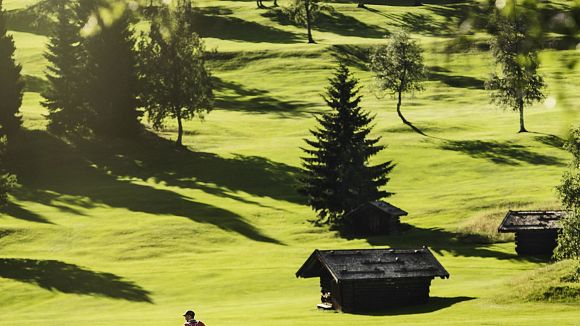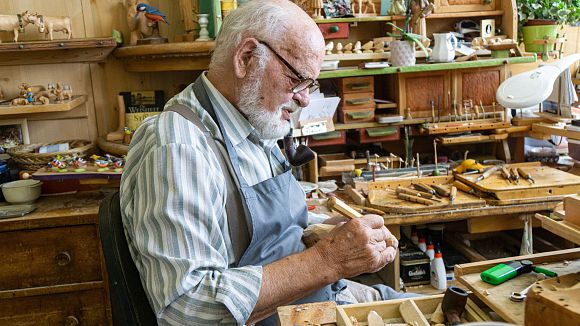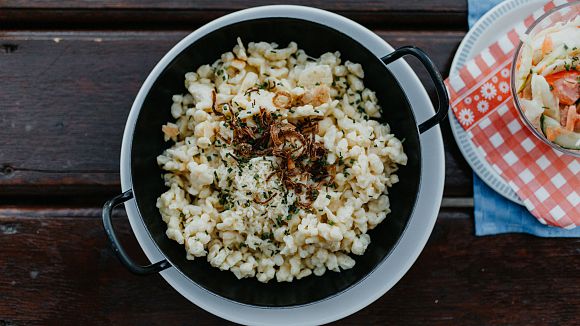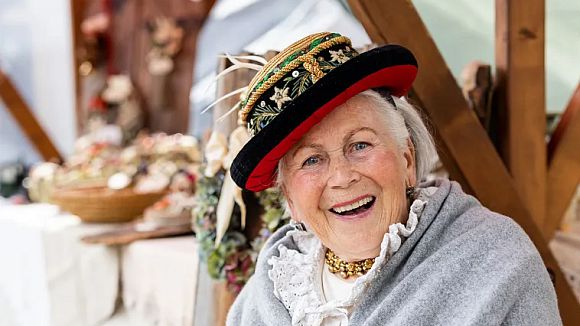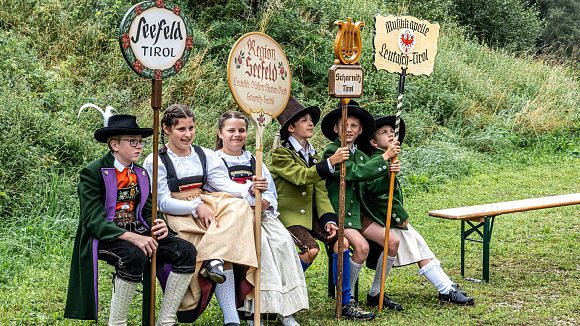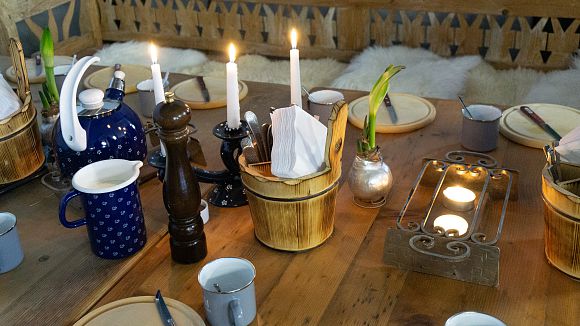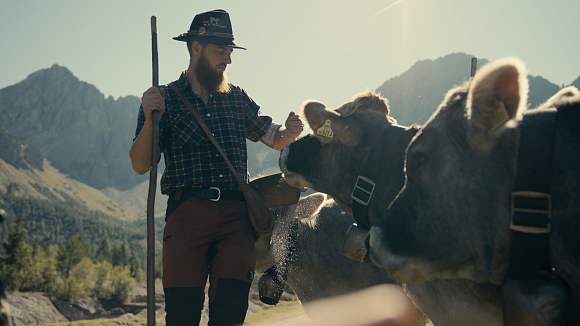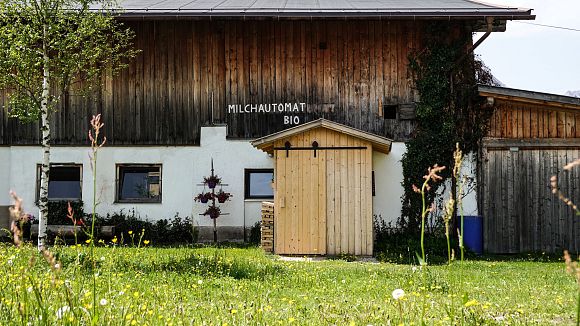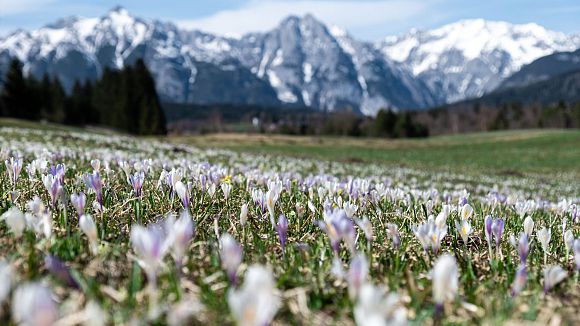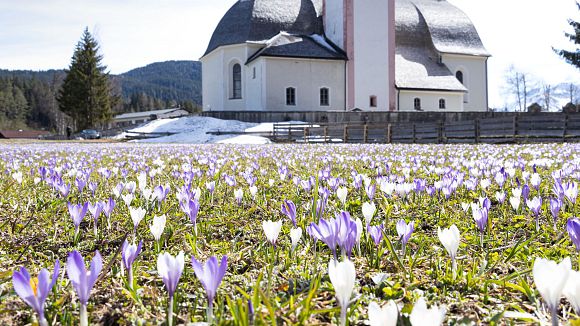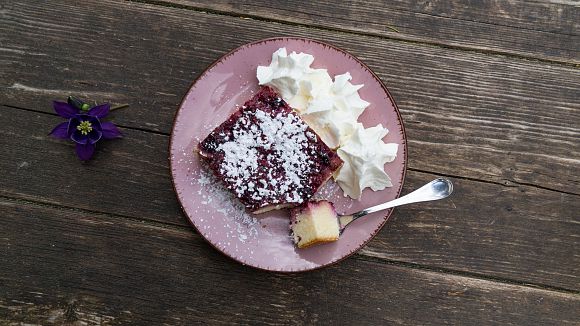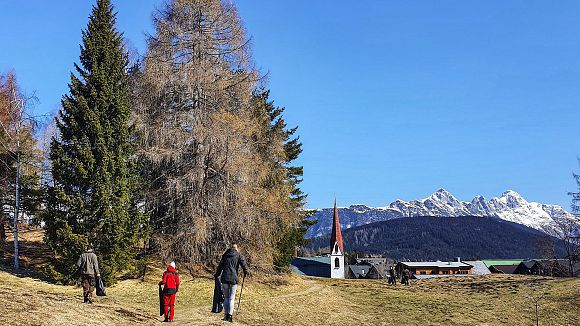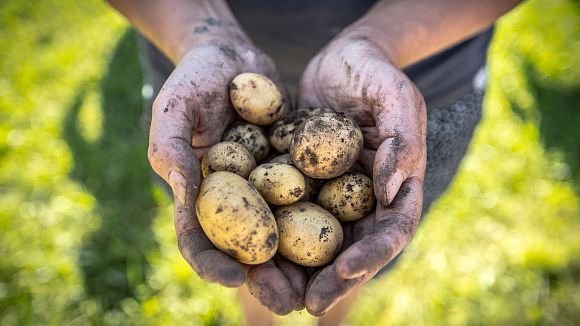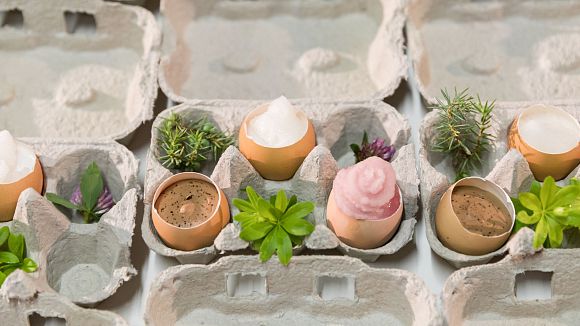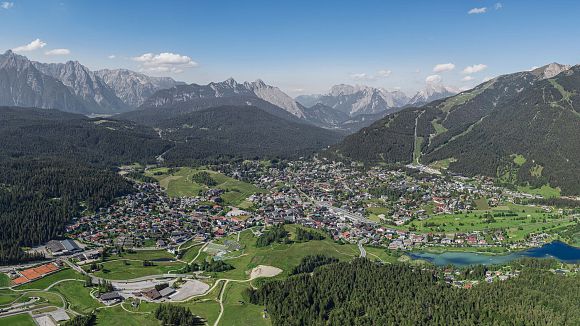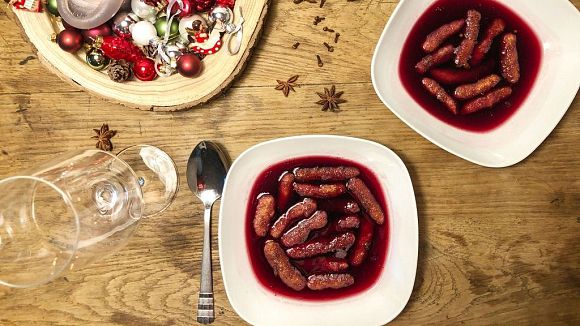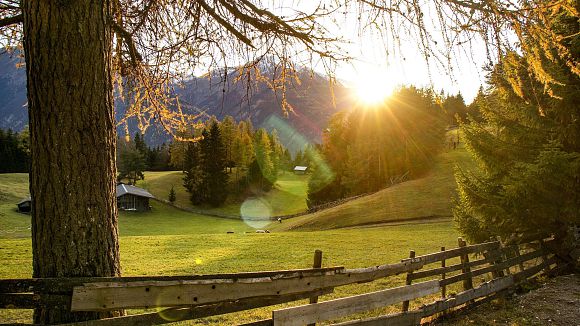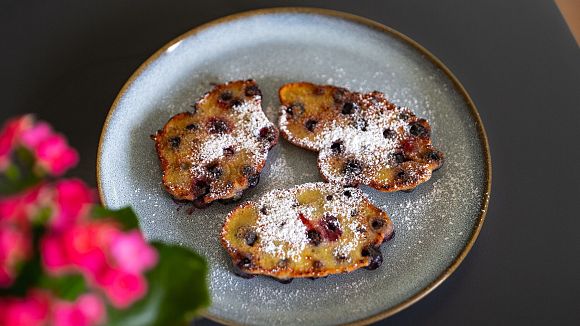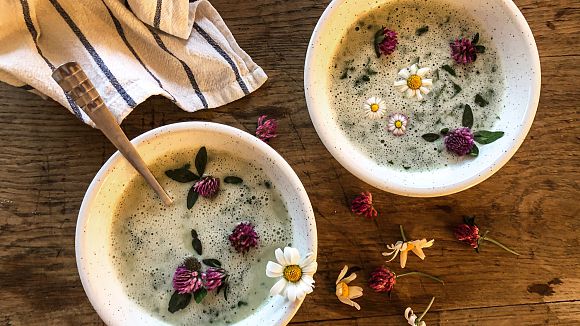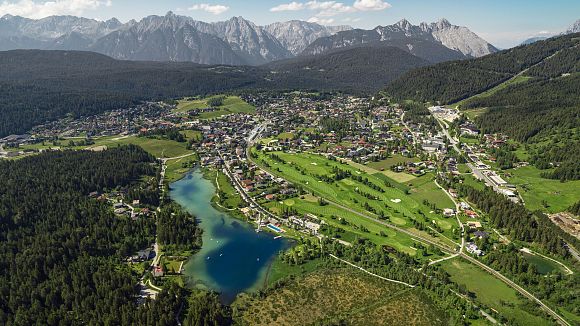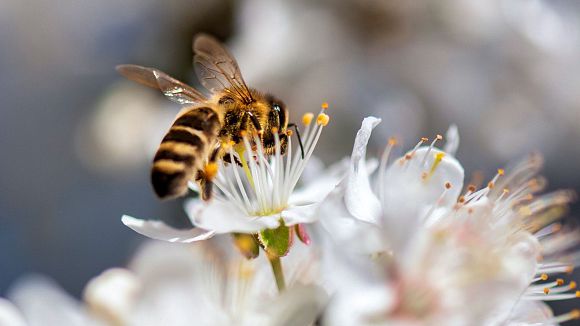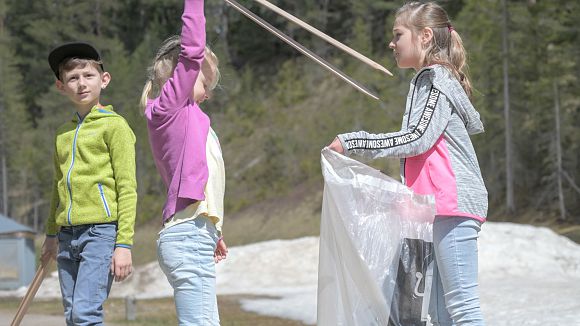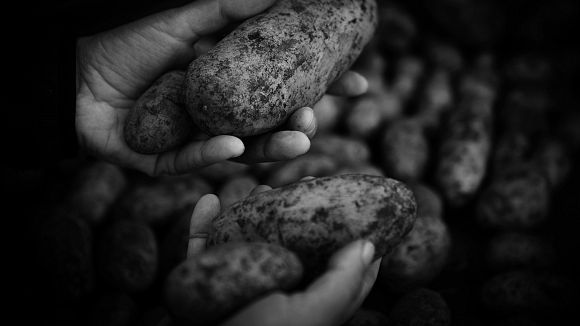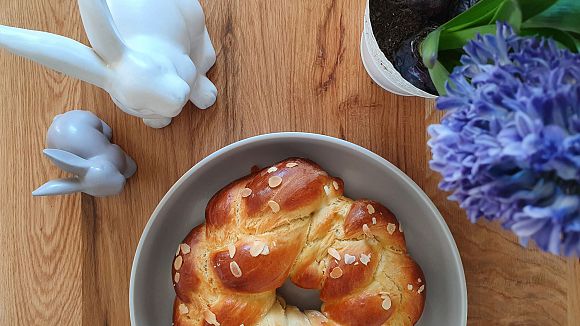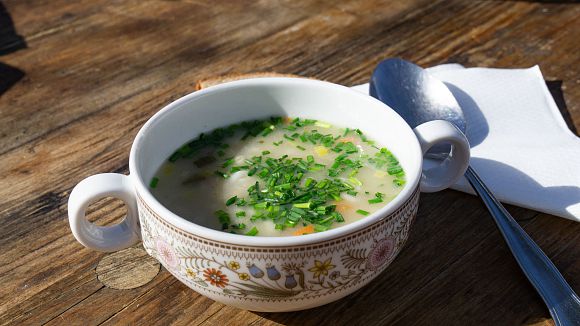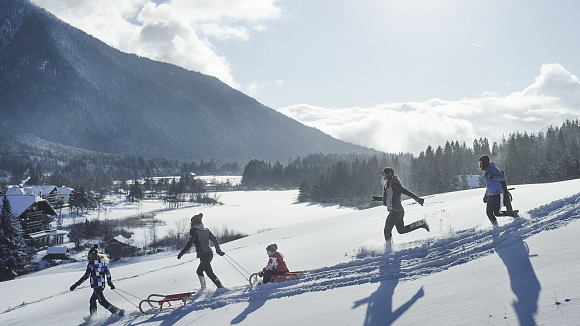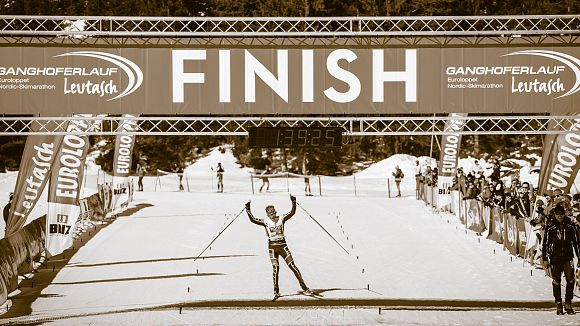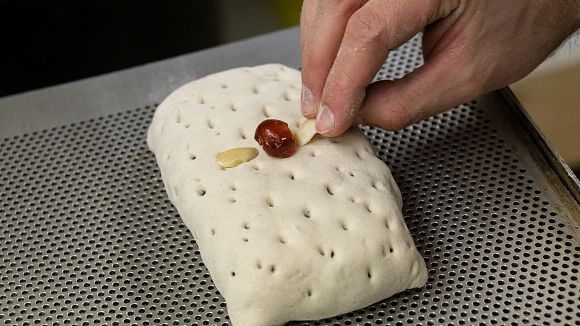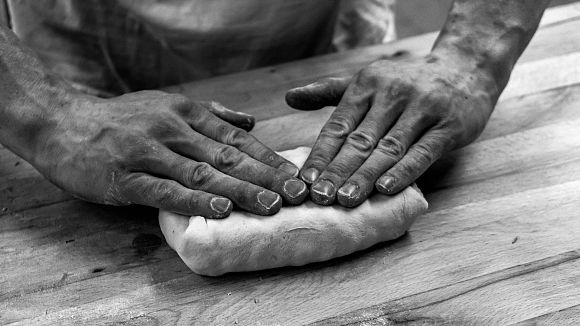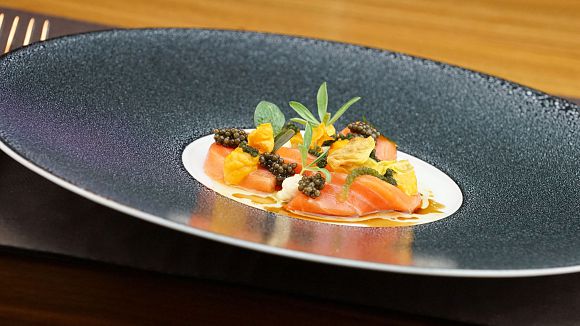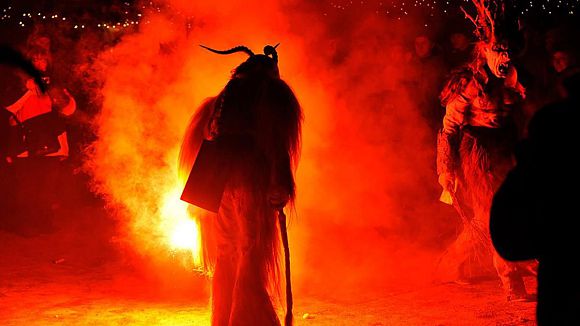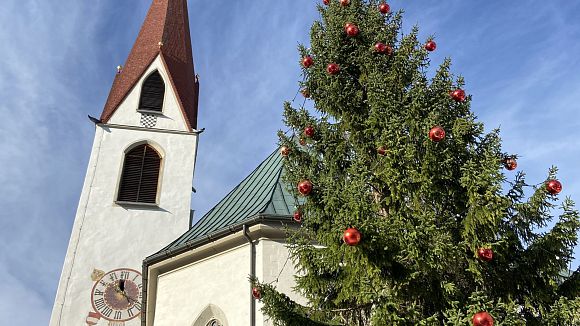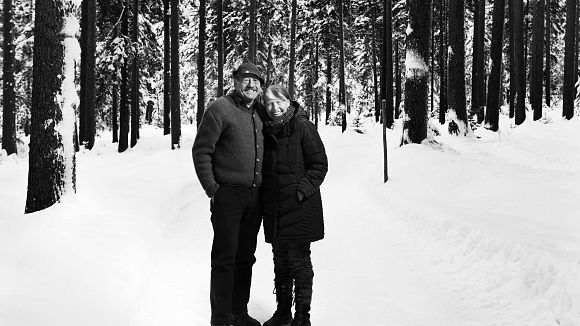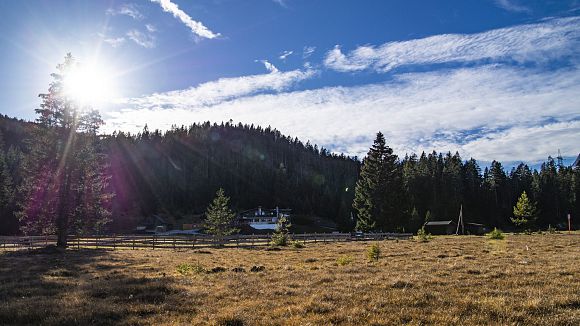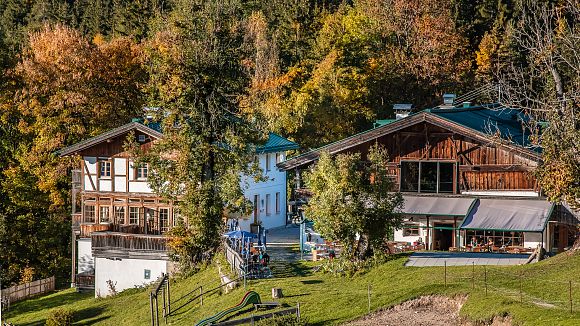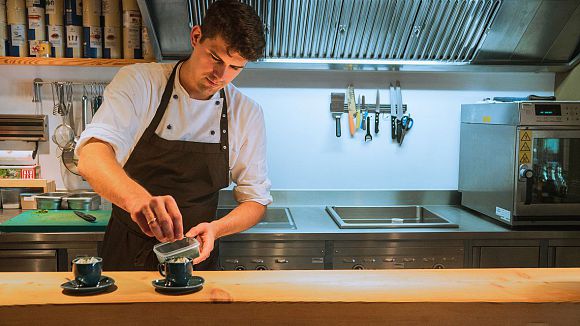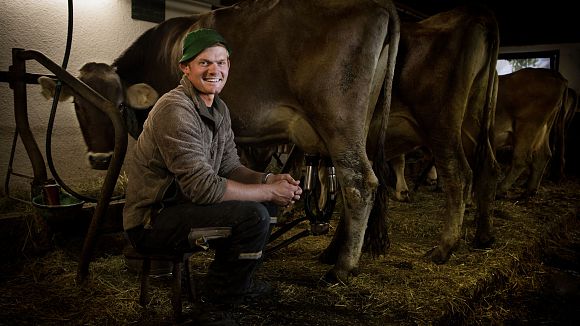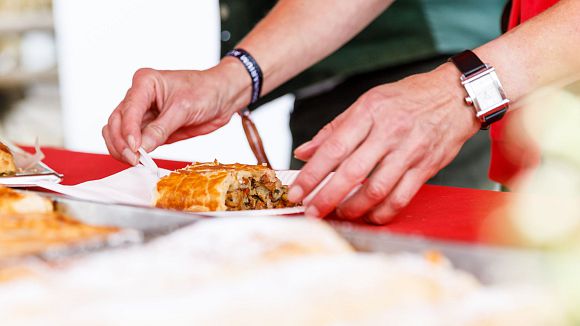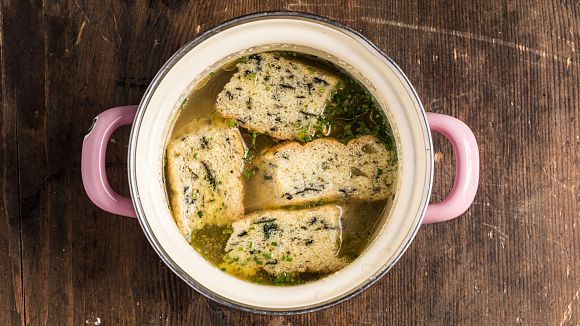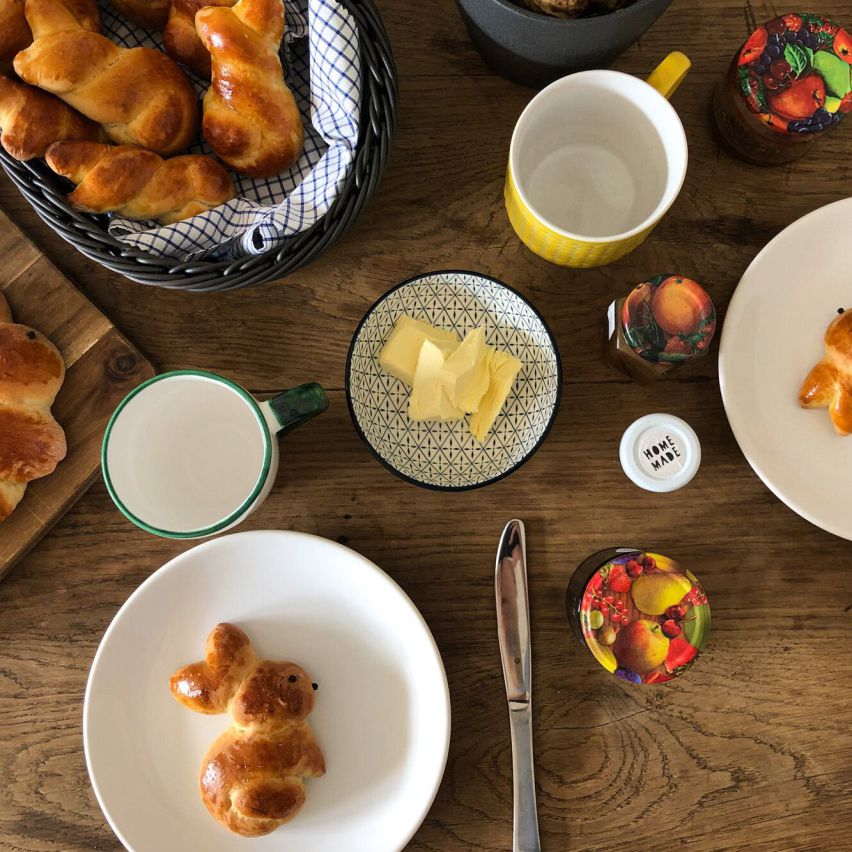
October 13, 2022
COOKING
Hen, hare & yeast dough: Easter breakfast in Leutasch
In Leutasch the Easter Bunny gets up early, really early. So early, in fact, that he doesn't really go to sleep. Because in the night from Good Friday to Saturday, the ovens at the Pichler bakery in the Gasse district are ablaze. Until dawn, over 200 traditional Easter pinzes are made here – in addition to the usual baked goods for an Easter weekend. And because it is rare to get a glimpse behind the scenes of old customs, we took our chance and cheekily looked over the Easter bunny's shoulder.
Easter customs in Leutasch
In Leutasch (or "Luitasch" among locals) you can still find many customs and traditions that shape the lives of the valley's inhabitants and reflect their culture and history. Especially around Easter, many of these traditions become particularly visible and alive: For example, already the Lenten period before Easter begins with the communal consumption of simple soups on Ash Wednesday. Another striking Easter custom is marked by Palm Sunday, where the village children, after the consecration in the parish church of St. Magdalena, carry their elaborately decorated “palm bushes” from door to door and for a small donation one may cut off a piece of the holy bush for blessings and good fortune. This tradition originates in the biblical story of Jesus, welcomed with palm branches by the people of Jerusalem. The highlight of the celebrations, however, is undoubtedly the traditional Easter Sunday breakfast – where the hare and the hen finally come into the limelight.
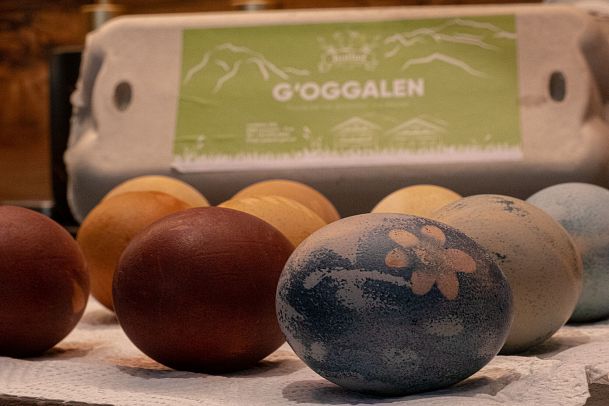
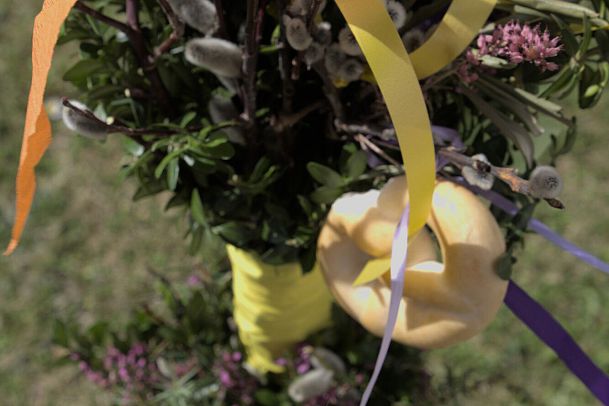
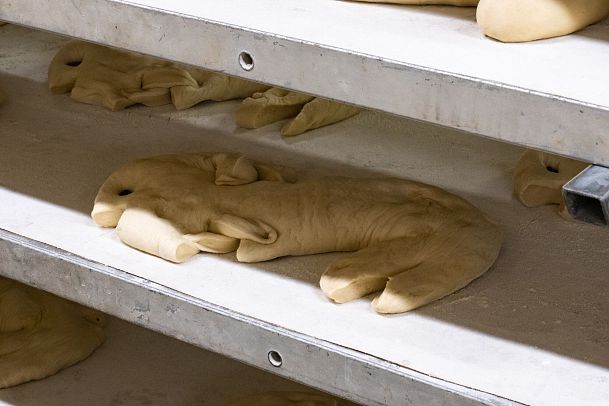
The Luitasch Gotlpack
At Easter, it has been the custom in Leutasch for many generations that Geti and Goti (godfather and godmother) present their charges with a special Easter plait for the whole family. For the boys a hare, for the girls a hen – that's the custom. I used to get such a bunny for Easter as a kid, but today I'm a "Luitascher Geti" myself. And thus on Good Friday evening I find myself at the Pichler bakery for what is probably the longest baking night of the year – as the 200 or so pre-ordered Easter gifts are made in addition to the bakery's usual weekend baked goods. This time, however, I am even allowed to make and bake the traditional Easter hen myself. When the good people of Leutasch have long been sitting in their cosy parlours, master baker Romed Pichler personally opens the heavy swinging door for me, knocks the flour dust from his apron and holds out his heavy white hand: "Servus! You're just in time, we're already in the middle of it!
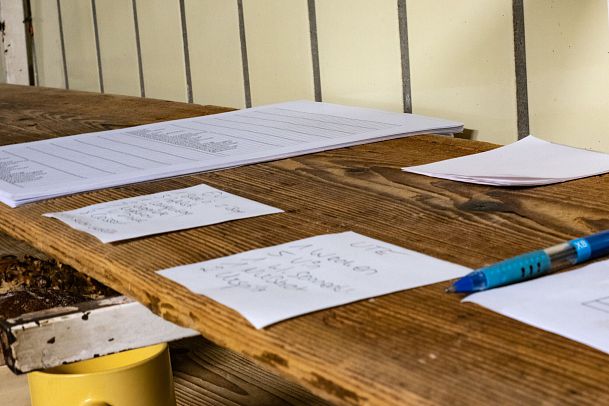
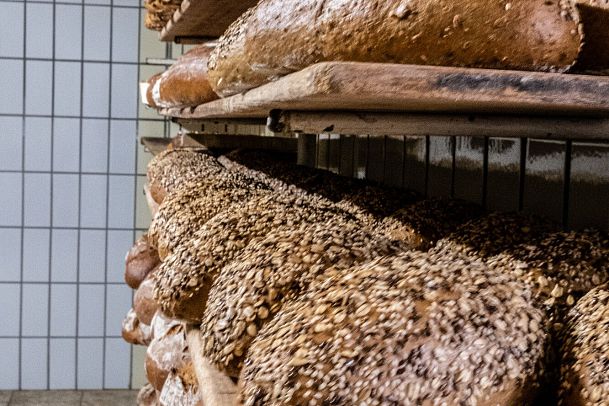
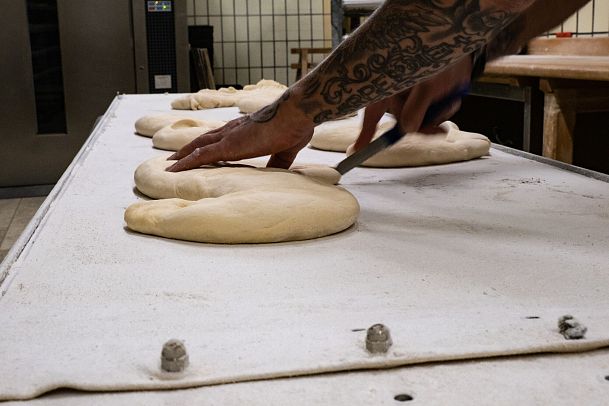
Hare, hen & great-grandfather's yeast dough
In addition to the oppressive heat of the ovens, an unmistakable cloud of yeast hangs in the bakery, as a good 100 kilograms of yeast dough (yeast is called Germ in Tyrol) are already waiting in large cauldrons for the skilled hands of the staff. How more than 200 hens and hares of different sizes are handmade? Three boys and I are standing in the Pichler bakery today, while Mum and Grandma take care of the sales in the morning – a genuine Leutasch family business. The old Easter baking tradition has been handed down here since great-grandfather Pichler founded the business in 1931, his yeast dough recipe is still the very same today, even the quantities in decagrams:
- 100dag (1 kg) wheat flour (W700)
- 40 dl (400 ml) water
- 10 dl (100 ml) milk
- 6 dag (60 g) yeast
- 12 dag (120 g) margarine/butter
- 12 dag (120 g) sugar
- 2 organic free-range eggs
- 1,5 dag (15g) salt
- plus a few sultanas for the eyes
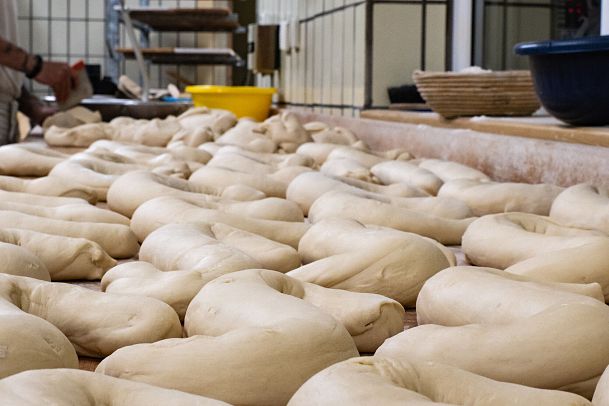
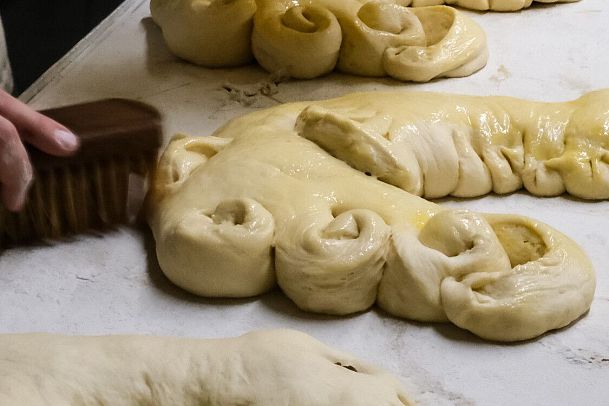
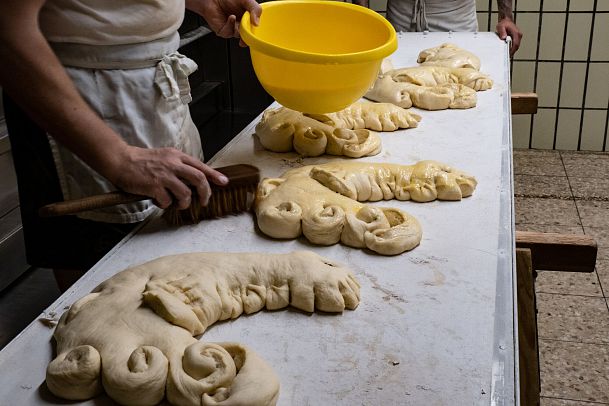
The first Easter morning
Almost exactly twelve hours later, we’re done and it's Saturday. My arms are heavy and my eyes as small as the sultana stare of the golden shining hens and hares. Still, the feeling of stepping out of the bakery into the sunrise, where the fresh spring air and the scent of baked goods mingle, is an absolutely special one. In a moment, the delivery car crunches through the gravelled driveway, and soon grandma opens the bakery counter. Nevertheless, I am the very first person in the extensive Leutasch valley to receive the large Pichler paper sack with its freshly baked Gotl-hen – it really doesn't get any fresher than this. The magnificent piece weighs a good kilo, easily enough for an Easter breakfast for up to eight people. By the way, the hare and hen are eaten sweet, only with delicious organic Leutasch farmer's butter. And if there should ever be any leftovers, it’s just as delicious dunked in warm milk or breakfast coffee the morning after.
Typical Luitasch
Many of today's Easter customs bring together Christian traditions and pagan customs: A festival in honour of the Babylonian fertility goddess Ishtar, the hare as a companion animal of the Germanic goddess of spring Ostara, the pagan sun fires at the beginning of spring or the Jewish Passover, which commemorates the liberation of the people of Israel. However, the tradition of sweet Easter hens and bunnies on the Seefeld high plateau only exists in the Leutasch valley – perhaps also because the Pichler bakery only delivers the many orders (possible until Good Friday) in the municipal area. Therefore, some people take the journey from Seefeld, Scharnitz or even Bavaria to enjoy this special Easter custom. Depending on the size and weight, you get a real treat for 5 to 15 euros – if you can't decide on an animal or don't have any godchildren, you can simply order an Easter pretzel. In any case, you shouldn't miss this opportunity – because otherwise you'll have to wait a whole year until the Easter Bunny bakes again.
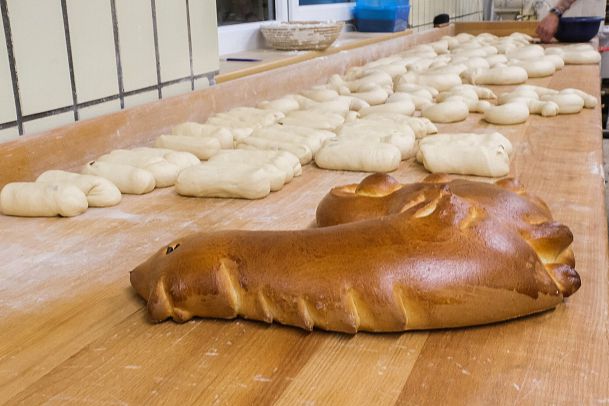
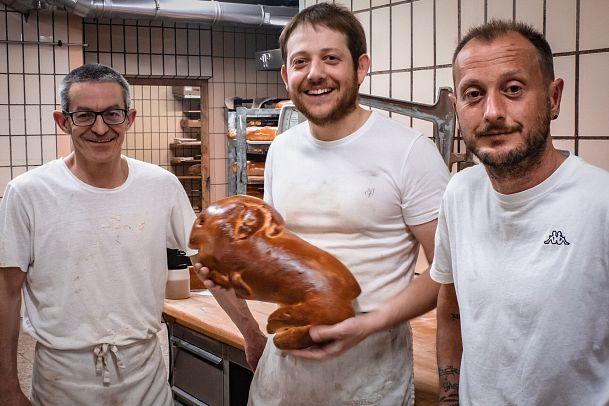
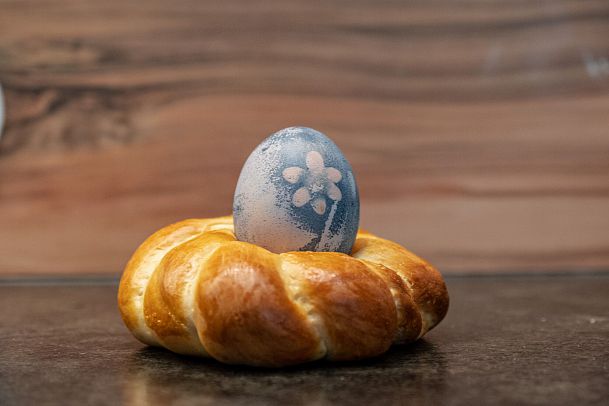
Share


